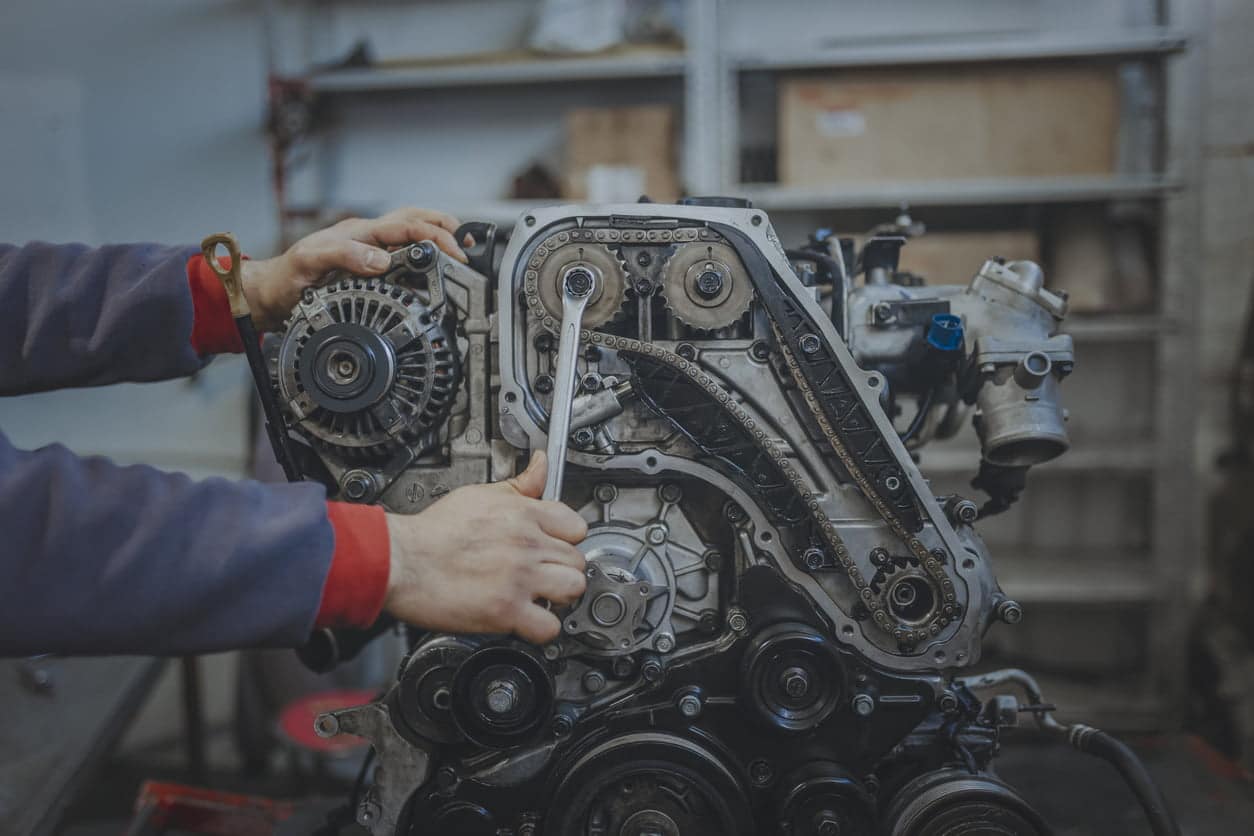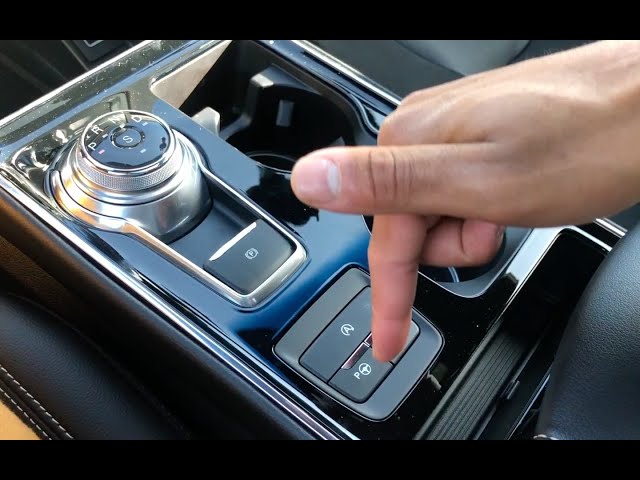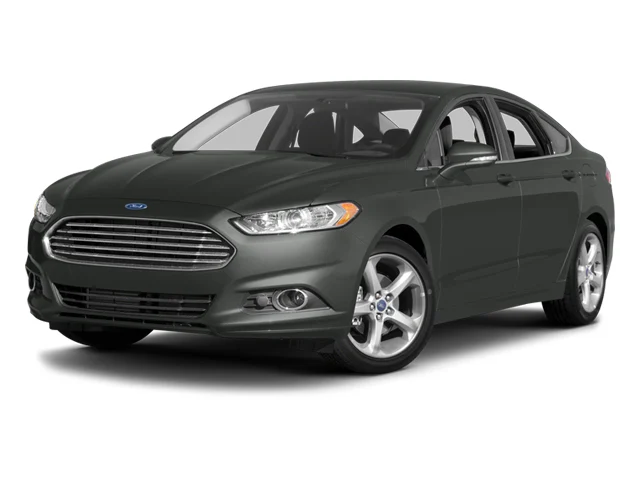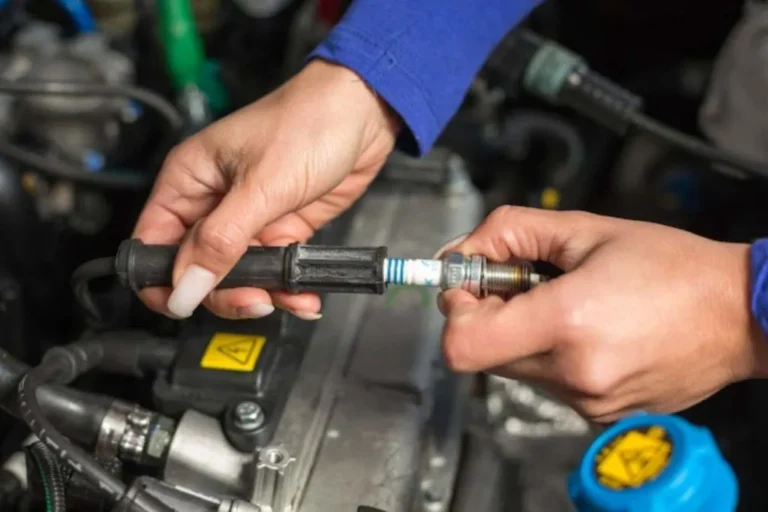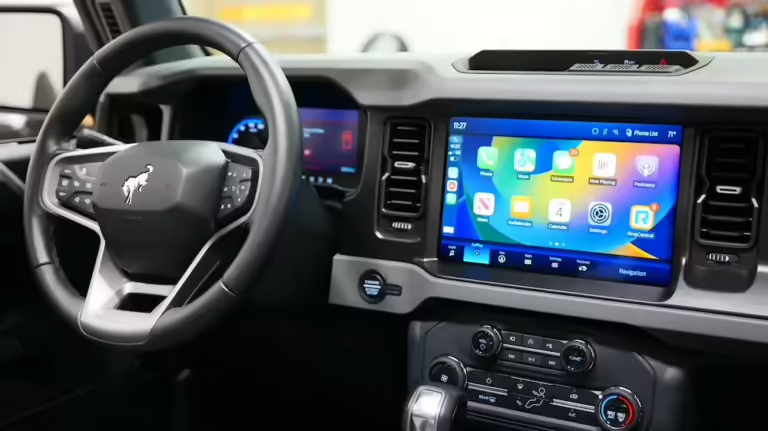Ford 4.6 Engine Interchange Guide – ULTIMATE DETAIL 2024!
The Ford 4.6 engine is a popular and reliable choice for many car enthusiasts. The Ford 4.6 engine interchange guide helps you find which engines are compatible with your vehicle. It provides information on different versions of the 4.6 engine, including DOHC and SOHC, and explains what parts and modifications are needed for a successful swap.
The Ford 4.6 engine is a versatile option for swapping into various vehicles. This guide offers straightforward advice on compatibility, key considerations, and steps for a successful engine interchange, helping you get the most from your vehicle.
In this article we will discuss: Ford 4.6 Engine Interchange Guide
Table of Contents
Understanding the Ford 4.6 Engine
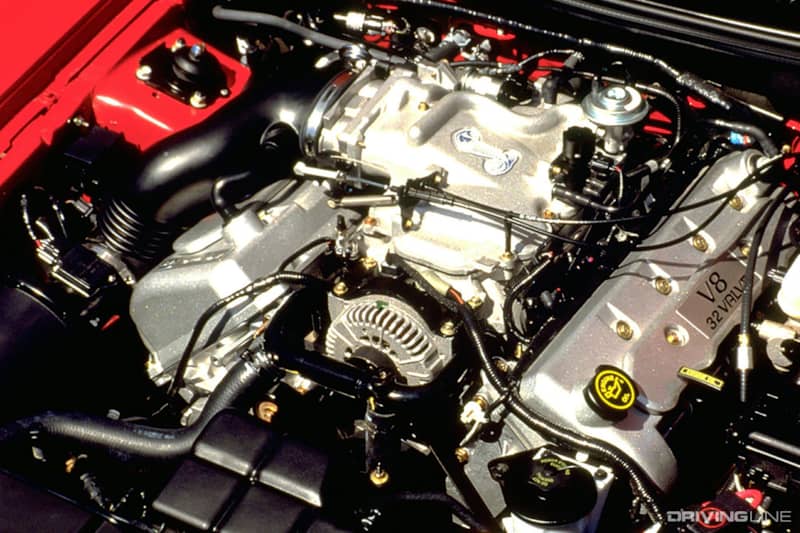
Evolution of the 4.6 Engine
The Ford 4.6 engine was first introduced in 1991 and has been improved over the years. It’s part of Ford’s Modular Engine family and is known for its reliability and use in a wide range of vehicles
Common Applications and Vehicles
Vehicles such as the Ford Mustang, F-150, Crown Victoria, Lincoln Town Car, and Mercury Grand Marquis frequently use the Ford 4.6 engine.. It is valued for its reliability and performance across various Ford models.
Why Consider Engine Interchange?
Benefits of Swapping Engines
Swapping engines can improve your vehicle’s performance, extend its lifespan, and offer better fuel efficiency. It’s a cost-effective way to upgrade an older vehicle with a newer, more powerful, and reliable engine.
Potential Challenges and Considerations
When swapping engines, challenges may include fitment issues, wiring compatibility, and legal requirements. It’s important to carefully plan and ensure that the new engine matches your vehicle’s systems to avoid complications.
Compatible Vehicles for Ford 4.6 Engine
Ford Mustang
A legendary sports vehicle renowned for both performance and flair is the Ford Mustang. . It’s a popular choice for engine swaps, especially with the Ford 4.6 engine, due to its compatibility and power.
Ford F-150
The Ford F-150 is a popular and durable pickup truck, well-suited for engine swaps. The 4.6 engine is commonly used in these trucks to enhance power and reliability, making them even more versatile.
Ford Crown Victoria
The Ford Crown Victoria is a full-size sedan known for its comfort and durability. It frequently features the 4.6 engine, making it a popular choice for police and taxi services, as well as personal use.
Lincoln Town Car
The Lincoln Town Car is a luxury sedan known for its smooth ride and spacious interior. It often uses the 4.6 engine, providing reliable performance. This car is popular for comfortable travel and executive transport due to its elegance.
Mercury Grand Marquis
Full-size sedans like the Mercury Grand Marquis are renowned for their dependability and comfort. It commonly features the 4.6 engine, offering smooth performance.
Interchangeability with Other Ford Engines
Comparing 4.6 with 5.4 Triton Engine
Within Ford’s family of modular engines are the 4.6 and 5.4 Triton engines.. The 4.6 engine is smaller and offers good fuel efficiency, while the 5.4 engine provides more power and torque, making it suitable for heavier vehicles.
Compatibility with the 4.6 DOHC and SOHC Versions
The 4.6 DOHC and SOHC engines can be compatible with each other, but you need to check specific parts and modifications required for each type. Ensure proper matching of components for smooth operation and performance.
Important Considerations Before Interchanging
Engine Mounts and Fitment
Engine mounts are crucial for securing the engine to the vehicle. Proper fitment ensures stability and reduces vibrations. Always use the correct mounts for your engine type and check for compatibility to avoid issues.
Wiring Harness Compatibility
Wiring harness compatibility is important for connecting electrical components in a vehicle. Ensure the harness matches your vehicle’s make and model to avoid wiring issues and ensure everything functions correctly. Check for proper fit and connections.
Transmission Compatibility
Transmission compatibility is crucial for proper vehicle function. Ensure the transmission matches the engine and other components. Verify that it fits your vehicle’s make and model to avoid operational issues and ensure smooth driving performance.
Step-by-Step Guide to Engine Swapping
Preparation and Tools Needed
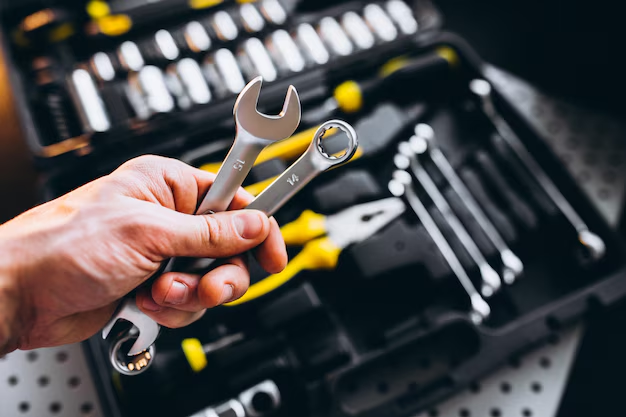
Before starting a project, gather all necessary tools and supplies. Make sure you have the right equipment, like wrenches and screwdrivers, and prepare your workspace. Proper preparation helps ensure the task goes smoothly and efficiently.
Removing the Existing Engine
To remove the existing engine, first disconnect the battery and all engine connections. Then, unbolt the engine mounts and lift the engine out carefully. Ensure you have the right tools and support to handle the engine safely.
Installing the 4.6 Engine
To install the 4.6 engine, first position it correctly in the engine bay. Secure the engine with mounts, then reconnect all necessary wires and hoses. Double-check all connections and bolts to ensure everything is properly fixed and aligned
Final Checks and Testing
For final checks and testing, ensure all parts are secure and connections are correc. Turn on the engine and tune in for any odd sounds. Check fluid levels and look for leaks. Test drive carefully to confirm everything is working well.
Performance Upgrades During Engine Swap
Upgrading the Exhaust System
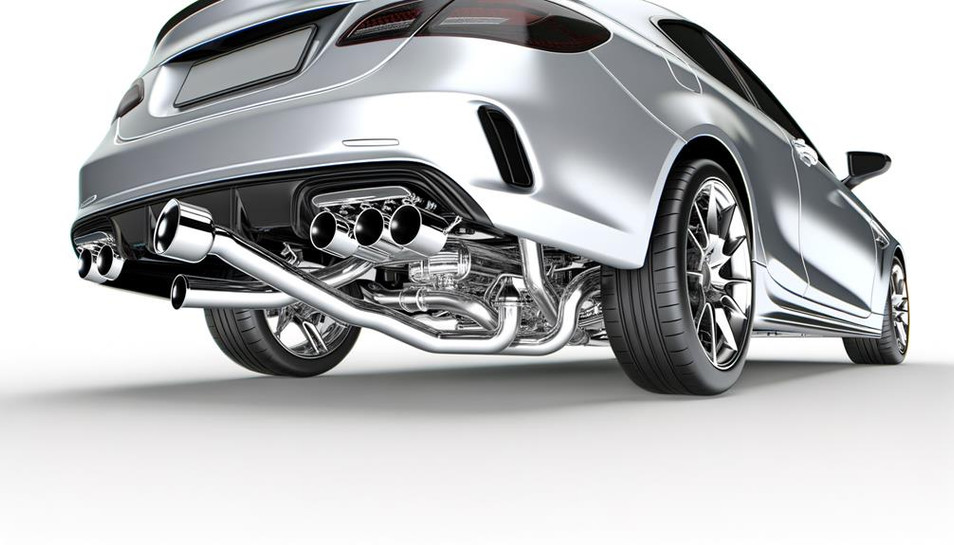
To upgrade the exhaust system, replace old parts with new, high-performance ones. Ensure all connections are secure and the system fits properly. This can improve engine efficiency and sound. Test the system after installation to check for leaks and performance.
Tuning and ECU Modifications
Tuning and ECU modifications adjust your vehicle’s settings for better performance. Reprogram the ECU to optimize fuel and ignition settings. Proper tuning improves engine efficiency and power. Always test the changes to ensure everything runs smoothly.
Adding Forced Induction: Superchargers and Turbos
Adding forced induction, like superchargers or turbos, boosts engine power by increasing airflow. Install the unit, connect it properly, and adjust the engine settings. This upgrade enhances performance but may require additional modifications and tuning for optimal results.
Common Issues and Troubleshooting
Identifying Common Problems Post-Swap
After an engine swap, common issues include poor performance, engine misfires, or unusual noises. Check for correct connections, leaks, and proper alignment. Monitor for warning lights and test drive to identify any problems that need fixing.
How to Address Fitment Issues
To address fitment issues, check if all parts match your vehicle’s specifications. Adjust or replace any misaligned components. Ensure bolts and connections are properly tightened. If needed, consult a professional to resolve persistent fitment problems.
Wiring and Electronic Troubleshooting
For wiring and electronic troubleshooting, start by checking all connections and wires for damage or loose ends. Use a multimeter to test for power and continuity. Fix any broken wires and ensure all components are correctly connected and functioning.
Maintaining Your Swapped Engine
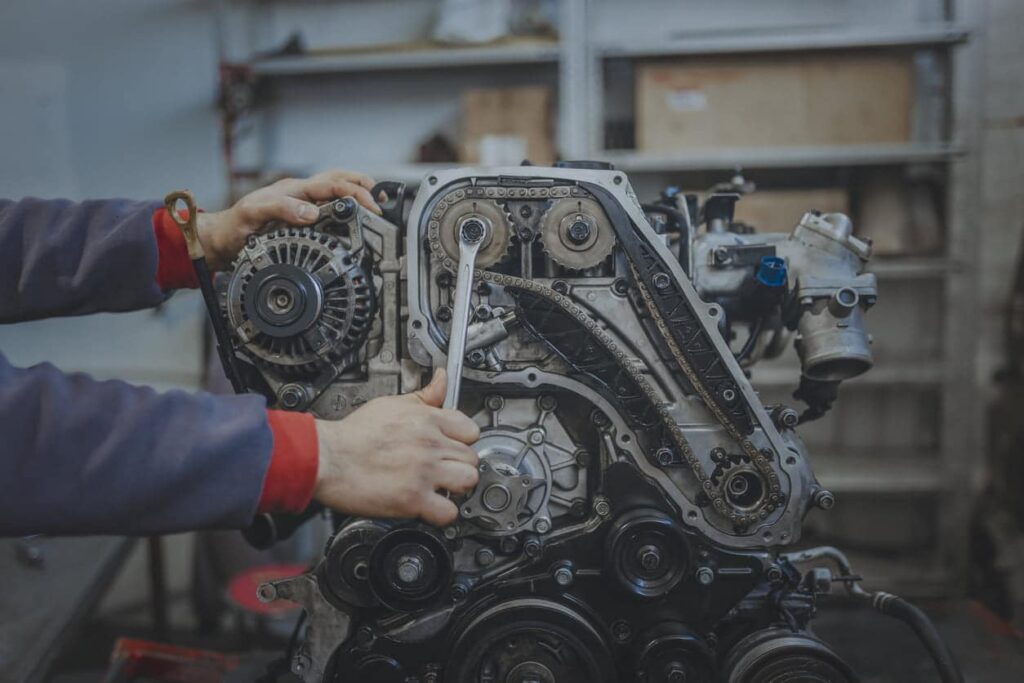
Routine Maintenance Tips
Routine maintenance tips include checking oil levels regularly, replacing air filters, and inspecting brakes. Keep tires properly inflated and look for leaks. Follow the vehicle’s service schedule to ensure everything runs smoothly and to prevent major issues.
Importance of Regular Inspections
Frequent inspections are essential to identify possible problems early. They help ensure that all parts are in good condition, prevent breakdowns, and maintain safety. Keeping up with inspections can save money and avoid more serious problems in the future.
How to Prolong Engine Life
Use premium fuel, keep the engine clean, and change the oil in your engine on a regular basis to extend its lifespan. Follow the maintenance schedule, avoid overheating, and drive smoothly. These practices help reduce wear and tear and keep the engine running well.
Cost Considerations
Budgeting for the Swap
Budgeting for the swap involves estimating costs for parts, labor, and unexpected expenses. Set aside extra funds for unforeseen issues. Plan and track expenses carefully to ensure you stay within your budget and complete the swap successfully.
Cost of Parts and Labor
The cost of parts and labor varies depending on the engine and vehicle. Parts can be expensive, and labor costs depend on the complexity of the swap. Get quotes from different suppliers and mechanics to plan your budget accurately.
Legal and Regulatory Considerations
Understanding Emissions Regulations
Understanding emissions regulations involves knowing local laws about vehicle pollution. Ensure your vehicle’s emission system meets these standards to avoid fines. Regularly check and maintain emission control parts to stay compliant and keep your vehicle running cleanly.
How to Ensure Your Swap is Legal
To ensure your swap is legal, check local regulations and emissions standards. Obtain necessary permits and have the work inspected if required. Keep all documentation and receipts for parts and labor to prove compliance with legal requirements.
Registering Your Vehicle Post-Swap
To register your vehicle post-swap, update the engine information with your local motor vehicle department. Provide necessary documents like proof of the swap, emissions compliance, and any required inspections.To finish the registration process, adhere to regional protocols.
Expert Tips and Recommendations
Advice from Professional Mechanics
Professional mechanics advise checking all components carefully before starting a swap. Use quality parts and follow manufacturer guidelines. Regularly maintain and inspect the vehicle after the swap to ensure everything runs smoothly and avoid future issues.
Common Mistakes to Avoid
Common mistakes to avoid include using incorrect parts, skipping inspections, and neglecting wiring connections. Ensure all components are compatible, follow instructions carefully, and double-check everything before starting the engine. Proper planning and attention can prevent many issues.
Conclusion
In summary Successfully swapping a Ford 4.6 engine requires careful planning, understanding compatibility, and attention to details. By following the guidelines for parts, fitment, and legal requirements, you can ensure a smooth and effective upgrade, improving your vehicle’s performance and reliability.
FAQs
What vehicles are compatible with the Ford 4.6 engine?
The Ford 4.6 engine fits well in vehicles like the Ford Mustang, F-150, Crown Victoria, Lincoln Town Car, and Mercury Grand Marquis.
Can I swap a 5.4 Triton engine with a 4.6 engine?
Yes, you can swap a 5.4 Triton engine with a 4.6 engine, but you need to ensure compatibility with parts like mounts, wiring, and transmission.
How difficult is it to swap a Ford 4.6 engine?
Swapping a Ford 4.6 engine can be challenging, requiring careful planning and specific tools. You must ensure compatibility with mounts, wiring, and transmission.
What performance upgrades should I consider during a swap?
During a swap, consider upgrading the exhaust system for better flow, tuning the ECU for improved performance, and adding forced induction like a supercharger or turbo.
Is it legal to swap a 4.6 engine into a different vehicle?
Swapping a 4.6 engine into a different vehicle can be legal, but you must follow local regulations. Ensure the engine and vehicle meet emissions and safety standards, and update registration with proper documentation. Always check your area’s specific rules.
